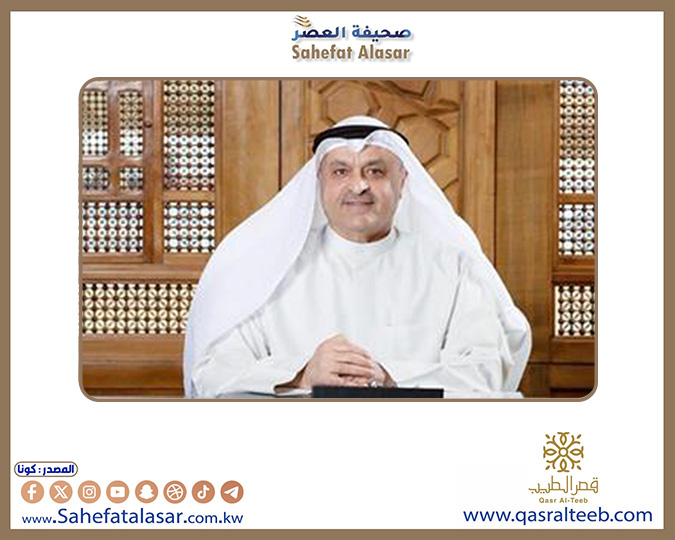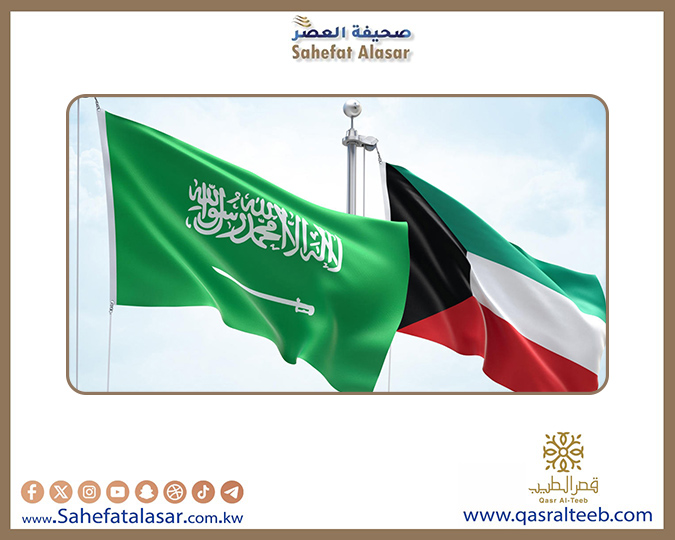


Jamal Al-Loughani, Secretary-General of the Arab Energy Organization (AEO) - formerly OAPEC, revealed that nine Arab nations have set ambitious targets to produce 8 million tons of low-carbon hydrogen annually by 2030, with plans to scale up to 27.5 million tons by 2040 as global hydrogen markets mature.
2030 Target: 8 million tons/year (green and blue hydrogen)
2040 Vision: 27.5 million tons/year (contingent on market maturity)
Participating Nations: Saudi Arabia, UAE, Oman, Egypt, Morocco, Algeria, Kuwait, Qatar, and Jordan
UN Collaboration:
The UN Gas Experts Committee (Geneva) endorsed a joint AEO-Russia initiative to study hydrogen transportation and storage (liquid/gas phases).
Findings will be presented in March 2026 to advance global hydrogen economy frameworks.
Regional Progress:
127 hydrogen projects announced in Arab countries as of 2024 (up from 34 in 2021).
Projects span production, export pipelines (e.g., North Africa to Europe), and maritime/land transport applications.
Six Arab nations have finalized national hydrogen strategies; others are drafting roadmaps.
Investment Focus:
Major contracts awarded for mega-projects (e.g., Saudi NEOM, UAE’s Al Dhafra).
Prioritizing partnerships with Europe/Asia to meet growing demand.
"Arab states are transitioning from global energy suppliers to decarbonization leaders. Hydrogen is central to this vision."
"Our 2040 target isn’t aspirational—it’s backed by active investments, policies, and international alliances."
AEO has been a member of the UN Gas Experts Committee since 2016, advocating for Arab energy interests.
Arab hydrogen could cover 20% of EU’s REPowerEU import needs by 2030.

